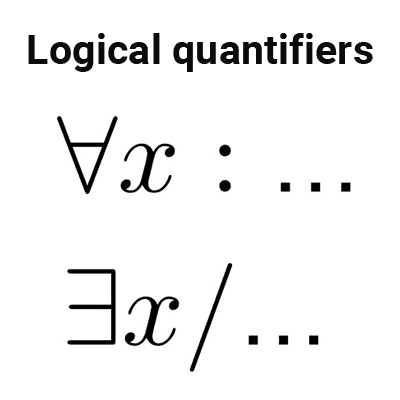
Proposition in Mathematics
In this article we explain what are the logical propositions in discrete mathematics and some examples of them, how is their symbology and classification.
Table of Contents
Concept
In our language, we express facts or ideas through sentences, for example, "Saturn is a planet." This statement expresses a fact and can be evaluated as true or false. In logic, statements of this kind are called propositions.
Definition: a proposition is a declarative statement that has complete meaning and can be true or false.
Some examples of propositions are:
- "Jupiter is the largest planet in the Solar System"
- "Cats don't like water"
- "The Earth orbits the Sun"
- "2 is an even number"
- "The Thames is a deep river"
- "Coffee contains caffeine"
- "The piano is a musical instrument"
Classical logic follows a basic assumption that every statement is either true or false, but not both at the same time. This principle is called bivalence. The truth and falsity of propositions are referred to as truth values.
A proposition is true when it aligns with the facts; otherwise, it is false. For example, the statement "The Thames is a deep river" will be true if the River Thames indeed possesses the property of being deep and false if that is not the case. In this case, experience will allow us to determine the truth of the proposition.
Propositions are used to construct valid arguments and reasoning. They can be combined using logical connectives like "and," "or," "if... then" to form more complex propositions. The study of these is essential in the fields of logic and mathematics.
Not all sentences are propositions; for example, expressions like "How much does this cost?" or "Turn left" are not propositions because we cannot determine whether they are true or false.
Symbology
We denote generic propositions with the letters p, q, r, s, etc. For example:
p: "The sun rises in the west"
q: "4+1 equals 5"
r: "The color of the sky is red"
s: "Iron melts at room temperature"
To denote the truth value of a proposition, we use V(), enclosing the proposition in parentheses. True is denoted by T, and false is denoted by F. Applying this to the previous propositions:
V(p) = F
V(q) = T
V(r) = F
V(s) = F
Simple and compound propositions
Simple propositions, atomic, or primitive propositions are the minimal units from which we can obtain a truth value.
Examples:
- "John is a great musician."
- "Dogs are affectionate."
- "The Sun is a star."
As we mentioned earlier, two or more propositions can be combined using logical connectives such as "and," "or," "if... then," etc., to form more complex propositions.
Compound propositions, or molecular propositions, are those that arise from the composition of simple propositions. Their truth value depends on them.
Examples:
- "Mars is a planet and Venus is too."
- "Chocolate is white or black."
- "If it's raining, then the roof is wet."
The truth value of these propositions depends on the simple propositions that compose them because, based on whether these are true or false, the compound proposition will have one value or another. For example, the first proposition will be true if the statements "Mars is a planet" and "Venus is a planet," both atomic propositions, are true. We study this further through truth tables for logical connectives.
FAQs
What is proposition in mathematics?
In mathematics, a proposition is a statement that is clear, precise and can be classified as true or false, but not both at the same time. Propositions are the basis of mathematical logic and are used to construct arguments and theorems.
What is not a proposition in math?
Ambiguous expressions, questions, questions, commands, and statements that cannot be evaluated as definitively true or false are not propositions. For example, "How are you?" is not a proposition in the context of mathematical logic.
What are the types of logical propositions?
There are two types of logical propositions:
1. Atomic or simple: these are propositions that cannot be decomposed into simpler propositions.
2. Compound: They are formed by combining atomic propositions by means of logical connectives such as "and" (conjunction), "or" (disjunction), "not" (negation), etc.
How are compound propositions identified?
Compound propositions are those that are formed by simpler (atomic) propositions by means of logical connectives. These are identified by observing the presence of key words such as "and", "or", "if… then", etc., which indicate the relationship between the propositions.
Can a proposition be true and false at the same time?
No, according to the fundamental principles of classical logic, a proposition cannot be true and false at the same time. A proposition must have a well-defined truth value: true or false. This is known as the principle of the excluded third party.
Is a math equation a proposition?
Yes, a mathematical equation is a proposition. The truth value of the equation depends on the values assigned to the variables. For example, the equation x+2=5 is true if x=3, but is false if x=2.
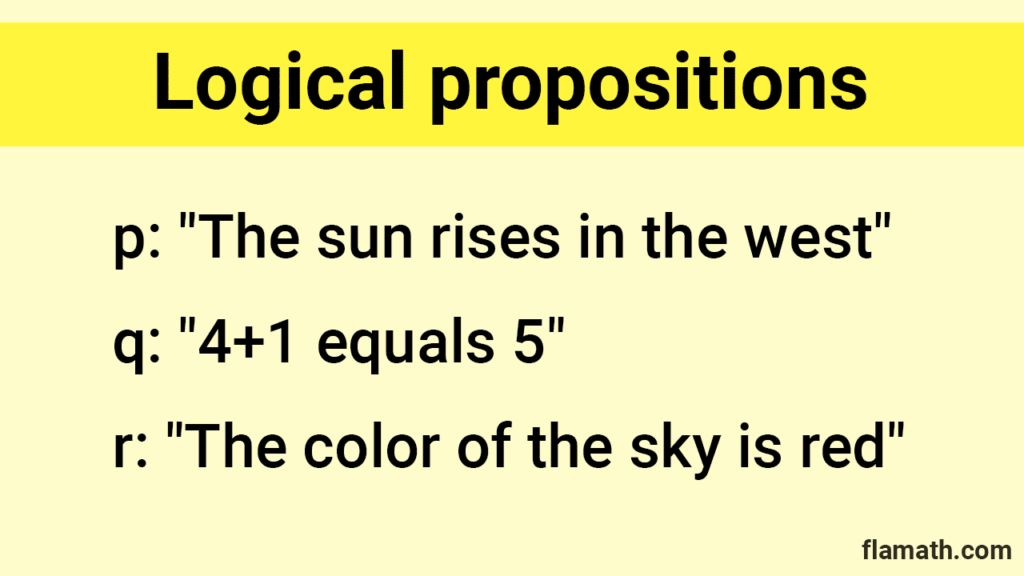
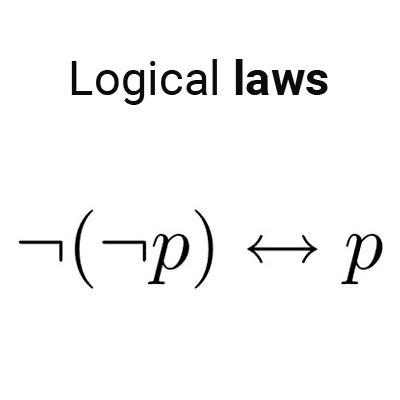
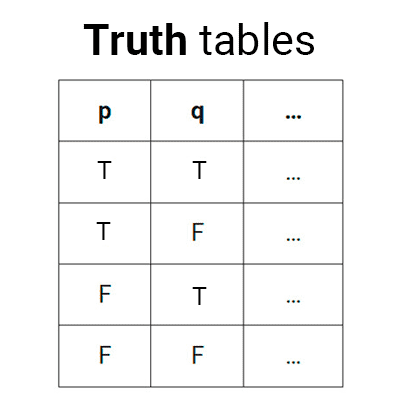
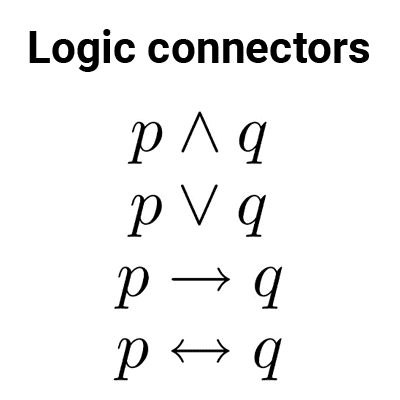
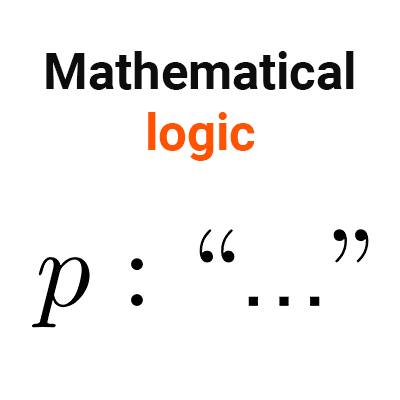
Other articles that may interest you